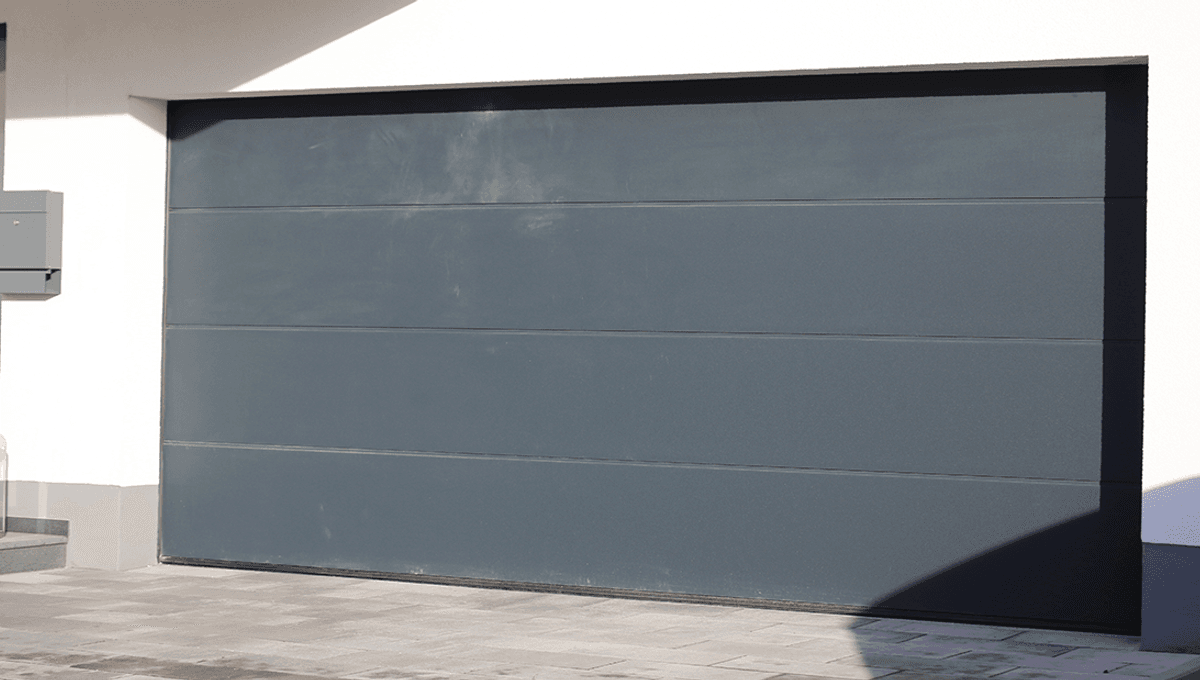With the arrival of the Pixel 10, the spotlight is on the cameras that Google’s phones are known for. Compared to the Pixel 9’s dramatic camera bump, however, this year’s improvements are mainly iterative. The base model got the biggest hardware update with the addition of a third camera. Otherwise, Google focused mainly on AI processing this time, particularly with a new feature designed to help users improve their photos and a Gemini AI addition that lets you edit photos using only your voice.
For better or worse, a lot of Google’s camera enhancements are on the AI side. A key new update is the Gemini AI-powered Camera Coach that aims to help users with photo composition. When enabled, it can read the scene and offer advice for the angle and lighting and even suggest the best mode (Portrait, Night Sight, etc.). Another new AI mode called Auto Best Take finds and combines similar photos into one so everyone in a group shot looks their best. And Google updated the “Add Me” feature from last year so you can include the photographer in even bigger groups.
Google is also using AI to make it easier to edit Pixel 10 images The editor inside Google Photos now provides AI-powered suggestions that combine multiple effects for quick edits, even if you know nothing about photo touchups. Simply ask for a specific edit like “remove the cars in the background” or “restore this old photo.” The AI will understand the change you’re trying to make and use all the tools available to automatically do so. You can then add follow-up instructions for further improvements. Finally, all Pixel 10 models have an updated Portrait mode that offers “improved segmentation, detail, sharpness, and texture,” so that photos shot in that mode look less, well, AI generated.
The base Pixel devices have played second fiddle to the Pro models in the past. However, the Pixel 10 now has a triple-camera system just like the other models, thanks to the addition of a 10.8MP 5x telephoto lens. That boosts the maximum digital Super Res Zoom up to 20x, double that of the Pixel 9. It’s worth noting that a 5x optical zoom is rare on a base model camera — the Galaxy S25 has just a 3x lens, for instance.
The other two are a 48MP wide (main) camera with macro focus, compared to a 50MP version before, along with a 13MP ultra-wide. Unfortunately, the latter is a downgrade in terms of resolution from the 48MP ultra-wide shooter on the previous model. Google is promising optical quality at 0.6x, 1x, 5x and 10x zoom levels. The 10.5MP ultra-wide selfie camera with a 95-degree field of view is the same mediocre one as before, though.
Hardware-wise, the triple-camera systems on the Pixel 10 Pro and Pixel 10 Pro XL models are unchanged in terms of resolution. Both have 50MP wide, 48MP ultra-wide with macro focus and 48MP 5x telephoto lenses, along with 42MP ultra-wide selfie cameras as before. One new feature on both models is the “Pro Res Zoom” optimized for the Tensor G5 chip that goes up to 100x, compared to 20x on the Pixel 9 Pro and Pro XL. Since that zoom is digitally enhanced, however, you may see some wonky artifacts.
One other change is double the stabilization on the wide camera that’s supposed to provide more cinematic footage, according to Google. Not much has changed on the video side, with 8K available on the Pro models only via the Video Boost feature that digitally upscales footage from 4K.
Finally, the Pixel 10 Fold has a similar setup to the Pixel 10, with a 48MP wide camera, 10.5MP ultra-wide camera and 10.8MP telephoto with 5x optical zoom. The front and inner cameras are both 10MP f/2.2 models.
Pixel 10 devices will also be the first to implement C2PA content credentials within the native camera app, whether they were created with or without AI. As a reminder, C2PA (Content Provenance and Authenticity) is a standard being used by Meta, Google and others to detect and label changes made by AI. Another key AI accessibility feature called Guided Frame describes what the camera is seeing for blind and low vision users.
Finally, it’s worth calling out the new Actua 360 display available on all models, particularly the 50 percent extra brightness (up to 3,000 nits peak). That makes photography easier on sunny days as you can better see details in your composition.
In sum, it’s good to see the Pixel 10 getting some love on the photo side with a triple camera system that matches or beats its competition. The Pixel 10 Pro models are mostly unchanged, however, removing some incentive to upgrade rom the Pixel 9 Pro — though the new AI features look more promising than usual. In any case, you’ll get the full picture of the Pixel 10 lineup’s cameras with Engadget’s upcoming reviews.
Source link
